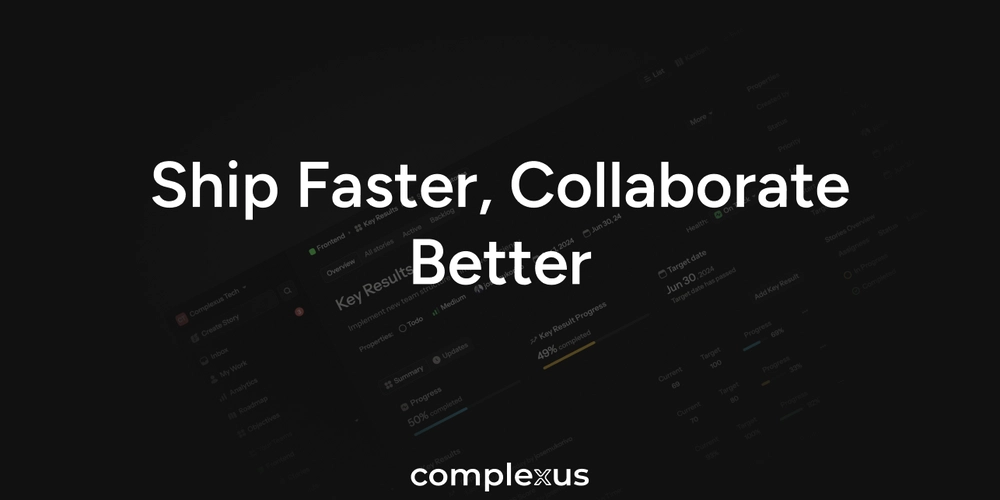
Is No-Code/Low-Code a Trap? Understanding the Inner Platform Effect
Are you considering a no-code/low-code solution for your next project? While they promise ease and speed, many users quickly discover the pitfalls, falling victim to what's known as the Inner Platform Effect. This article explores why these platforms can become unmanageable nightmares and when they might actually be a good choice. Learn when to strategically use no-code tools.
What is the Inner Platform Effect Anyway?
The Inner Platform Effect occurs when a system designed for extreme customization unintentionally replicates the underlying platform it’s built on, but poorly. Imagine building a car out of Legos when a real car factory exists. This is what happens with many no-code platforms. They try to recreate programming functionality with simplified interfaces, resulting in a clunky, less efficient version of actual code. The maintenance of the new system then falls on the programmer, instead of the intended user.
The No-Code and Low-Code Nightmare: Real-World Consequences
The dream of drag-and-drop simplicity quickly turns into a tangled mess. Here's why:
- Explosively Complex Workflows: What should be a concise piece of code transforms into a sprawling, indecipherable flowchart.
- Crippled Capabilities: You constantly hit walls, battling the platform's limitations and spending extra time finding workarounds.
- Debugging Hell: Tracing logic errors through a labyrinth of branches becomes a soul-crushing task.
- Terrible Performance: Abstraction layers add overhead, slowing everything down.
One developer's experience with an order processing system built using Azure Logic Apps involved over 40 branching conditions? As a result, the workstream became an unreadable mess.
This is the Inner Platform Effect in action.
When Does a No-Code/Low-Code Approach Work?
It's not all doom and gloom. No-code/low-code platforms have their place. They can be effective for:
- Dead Simple Workflows: Emphasize simple. If it's becoming complex, run.
- Basic Data Shuttling: Moving data between systems without complex transformations.
- Quick, Disposable Prototypes: Ideal for rapid experimentation and validation.
- Empowering Non-Technical Users: Letting business users automate simple tasks within defined boundaries can free up valuable programmer time.
Avoid the Inner Platform Effect - Know When to Bail
Recognizing the signs early can save you from a world of pain. If you're spending more time hacking around limitations or your workflow looks like a plate of spaghetti, it's time to reconsider.
Don't fall into the Inner Platform Effect trap. Next time someone suggests building complex logic in a visual, no-code environment, politely decline. Instead, open your code editor and build something maintainable and efficient. You'll thank yourself in the long run.























